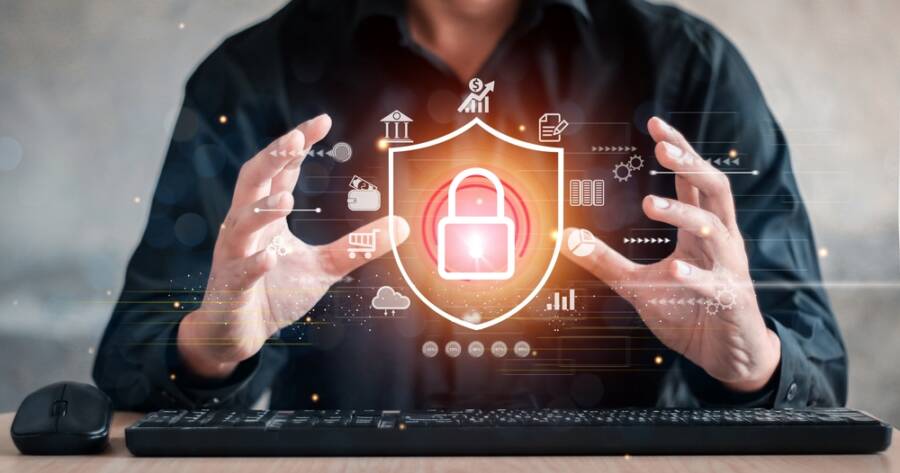In today’s digital world, keeping personal information safe is more challenging than ever. From social media to online shopping, every click leaves a trace. Protecting privacy online requires simple yet effective strategies to keep your information safe. With a few changes to your browsing habits, you can reduce risks, secure sensitive information, and enjoy a safer online experience.
1. Use Strong, Unique Passwords
One of the easiest ways to protect your online privacy is by using strong, unique passwords for every account. Reusing the same password across multiple sites can increase the risk of being hacked if one site’s data is compromised. A strong password includes a mix of letters, numbers, and symbols. Avoid using easily guessed information like birthdays or simple words.
Using a password manager can help create and store complex passwords securely. Many managers generate random passwords that are difficult for hackers to crack. By using a password manager, you won’t need to remember each password, making it easier to maintain unique, strong passwords for every account.
2. Enable Two-Factor Authentication (2FA)
Multi-factor authentication adds an extra layer of security to your online accounts. When you log in, 2FA requires a second form of identification, like a code sent to your phone, along with your password. This simple step makes it much harder for unauthorized people to access your account, even if they know your password.
To enable 2FA, visit your account’s security settings. Many websites and apps now support 2FA, including major social media platforms, email providers, and banking apps. Consider setting up 2FA on any account containing personal or financial information for the best protection.
3. Be Cautious with Public Wi-Fi
Public Wi-Fi networks are convenient but can pose a risk to online privacy. Hackers can easily intercept data on unsecured networks, gaining access to any information you send. Avoid logging into sensitive accounts, like your email or bank, while using public Wi-Fi.
If you need to use public Wi-Fi, consider connecting through a Virtual Private Network (VPN). A VPN encrypts your data, making it more difficult for hackers to access. This extra layer of protection allows you to use public networks with more security. Choose a reputable VPN service, ideally one with a no-logs policy to protect your data.
4. Limit the Personal Information You Share
The information you share online can easily be used by others to access your accounts or even commit fraud. Review your social media privacy settings to control who can view your information. Avoid sharing details like your full birthdate, address, or phone number publicly.
Think twice before filling out online forms or signing up for new accounts unless absolutely necessary. Many websites request unnecessary information, and sharing less can help protect your privacy. Use a separate email address for subscriptions and non-essential accounts to minimize risks to your primary email.
5. Keep Your Software Updated
Software updates often include security patches that address vulnerabilities in your apps and operating system. By keeping your software updated, you reduce the chance of hackers exploiting these weaknesses. Many devices and applications offer automatic updates, which can save time and ensure you stay protected.
Outdated software, whether it’s an operating system, browser, or mobile app, can become an easy target for cyberattacks. Regular updates are especially important for antivirus programs, which help detect and prevent potential threats on your device.
6. Use Privacy-Focused Browsers and Search Engines
Not all browsers and search engines prioritize user privacy. Some, like Google, track browsing data to personalize ads. However, there are privacy-focused alternatives available. Browsers like Firefox and search engines like Startpage don’t track your searches or browsing history, offering more privacy.
These tools help limit the amount of data collected about you online. Many privacy-focused browsers also include features that block tracking cookies or prevent websites from following your activity across the internet. Switching to privacy-friendly options can reduce the amount of data companies gather about you without affecting your browsing experience.
7. Regularly Review Your Permissions
Apps and websites often request access to your location, contacts, and other personal information. While some permissions are necessary for functionality, many are not. Reviewing and adjusting app permissions on your devices can help protect your privacy.
For example, if a photo-editing app asks for location access, it’s worth questioning why. Check your device settings to see which apps have access to sensitive information. Remove any unnecessary permissions to reduce potential privacy risks.
8. Be Mindful of Phishing Scams
Phishing scams trick people into giving out personal information by pretending to be a trusted source, like a bank or popular website. These scams often arrive as emails or texts with links to fake websites. Clicking these links can expose your information or lead to malware downloads.
To protect yourself, avoid clicking on links from unknown senders, especially if they seem urgent or suspicious. Look out for red flags like unfamiliar email addresses, poor grammar, or requests for sensitive information. If you’re unsure, go directly to the website in question rather than clicking on the provided link.
Take Small Steps to Protect Your Privacy Online
Protecting your privacy online doesn’t require complicated tools or expert knowledge. By making a few small changes, like using strong passwords, enabling two-factor authentication, and being cautious with the information you share, you can greatly reduce privacy risks.
Staying mindful of your digital habits and taking advantage of available security options can help ensure a safer online experience. Start with these simple steps today to safeguard your personal information.
